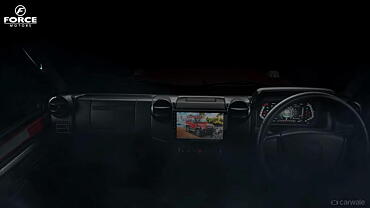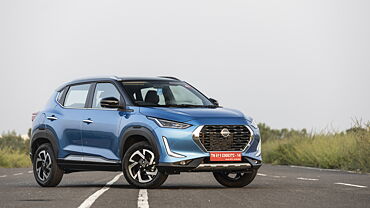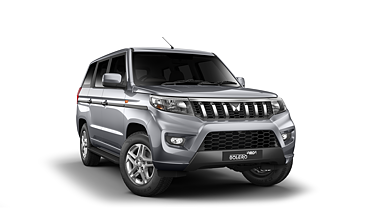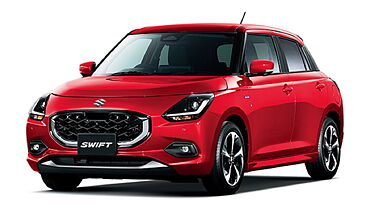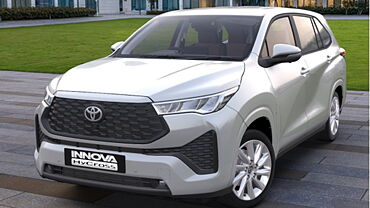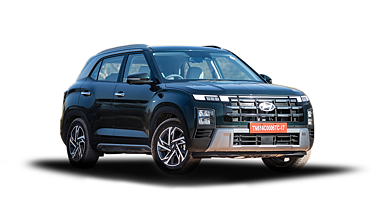On 2nd January 2012, the Bombay Stock Exchange (BSE) auto index went down, however, on individual basis, the stocks registered varied outcomes while responding to the sales figures recorded for December. The biggest sufferers were two-wheeler companies Bajaj Auto Limited and TVS Motor Company Limited as their shares nosedived by around 7%.
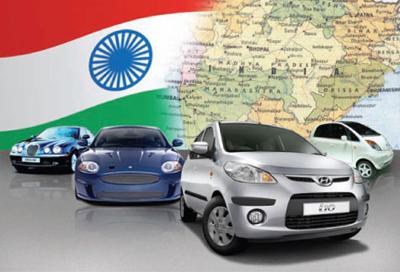
The overall car sales were discouraging as even India's largest car maker Maruti Suzuki India Limited’s sales suffered a downfall of 7% in December 2011 as compared to December 2010. Surjit Arora, analyst, Prabhudas Lilladher Private Limited, said, “December sales numbers bear testimony to the slowdown in the auto segment as even two-wheeler growth moderated.”
An earlier report prepared by Dun & Bradstreet India confirmed that unfavourable trends have been persisting in the Indian auto market for a long time. It stated that “After the robust 30.8% increase in sales in 2010, growth in domestic automobile sales volume had slackened to a mere 4.6% in 2011 (January to November)...exports of automobiles are expected to grow strongly in 2012, although the industry may not be able to sustain the high growth (27-33%) recorded in the recent couple of years.”
However, analysts foresee improved sales figures during the March quarter. As a matter of fact, the Indian auto industry has witnessed contrary outcomes for different car segments. For example, passenger vehicles, petrol variants in particular, have been in the line of fire due to sharp rise in ownership cost. As per the industry sources, within the April-October period, demand for diesel models went up by 22% whereas the petrol car sales saw a decline of 18%.
However, over a period of time, the growth pattern for car sales is expected to gain strength. Unsatisfactory purchases owing to the unaffordable cost of vehicles will result in a single-digit growth for the initial months of 2012. However, the volumes would go up as the interest rates ease-out gradually, after the first quarter of 2012.
Against all odds, light commercial vehicles (LCVs) have ward-off the ill-effects of recession by counting on rural markets where decent disposable income and less dependence on external sources for finance has done the trick. Majority of analysts indicate a 10-11% year-on-year increase in sales for March quarters.
Thus, car makers need to be patient and strive to maintain the momentum at this point of time, which would then be of immense help when boom time hits the industry.



